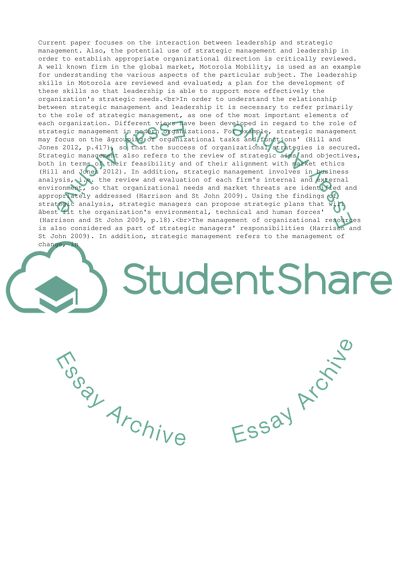Cite this document
(Edexcel Developing Management and strategic skills Essay, n.d.)
Edexcel Developing Management and strategic skills Essay. https://studentshare.org/management/1795659-edexcel-developing-management-and-strategic-skills
Edexcel Developing Management and strategic skills Essay. https://studentshare.org/management/1795659-edexcel-developing-management-and-strategic-skills
(Edexcel Developing Management and Strategic Skills Essay)
Edexcel Developing Management and Strategic Skills Essay. https://studentshare.org/management/1795659-edexcel-developing-management-and-strategic-skills.
Edexcel Developing Management and Strategic Skills Essay. https://studentshare.org/management/1795659-edexcel-developing-management-and-strategic-skills.
“Edexcel Developing Management and Strategic Skills Essay”. https://studentshare.org/management/1795659-edexcel-developing-management-and-strategic-skills.


